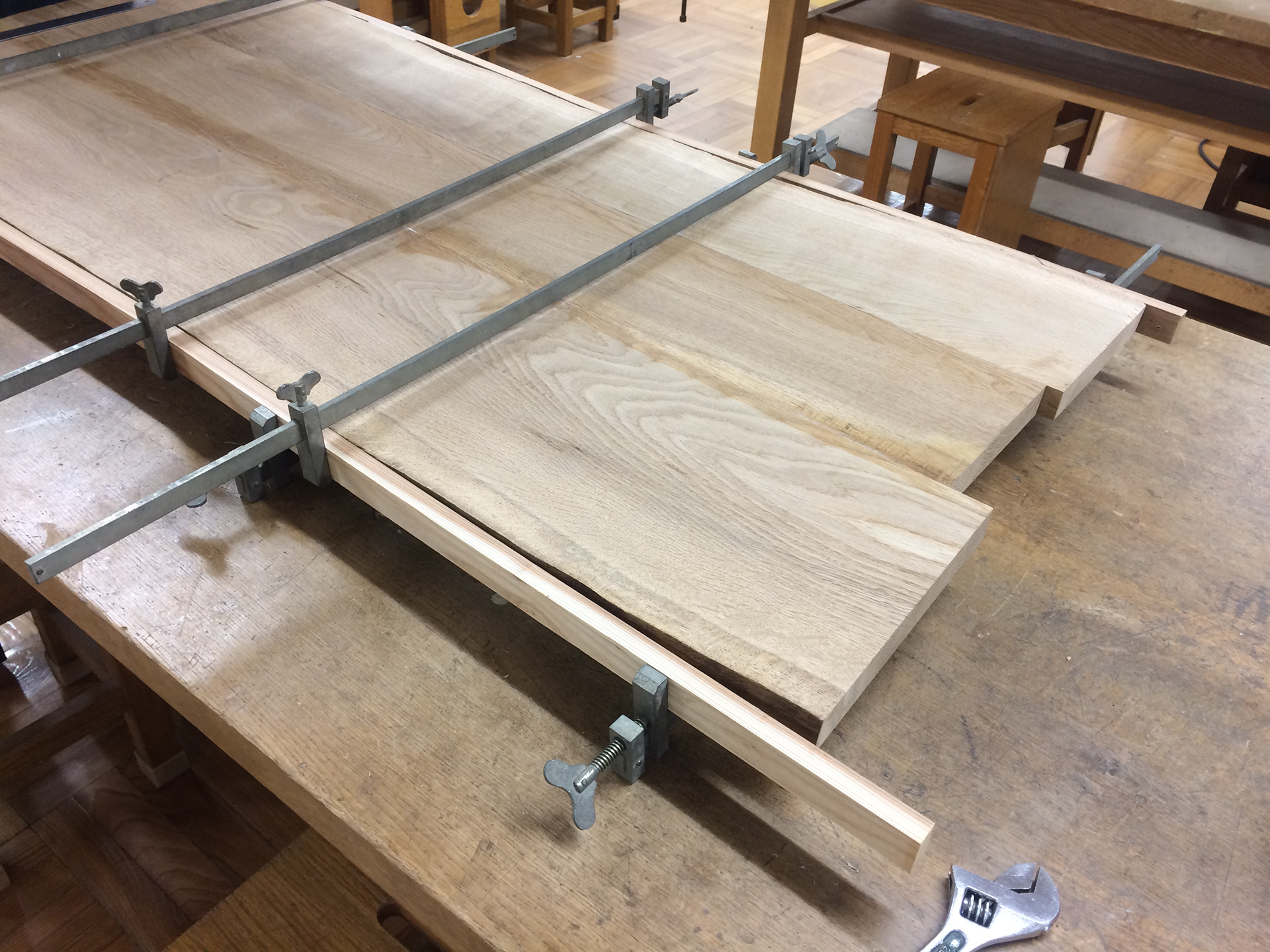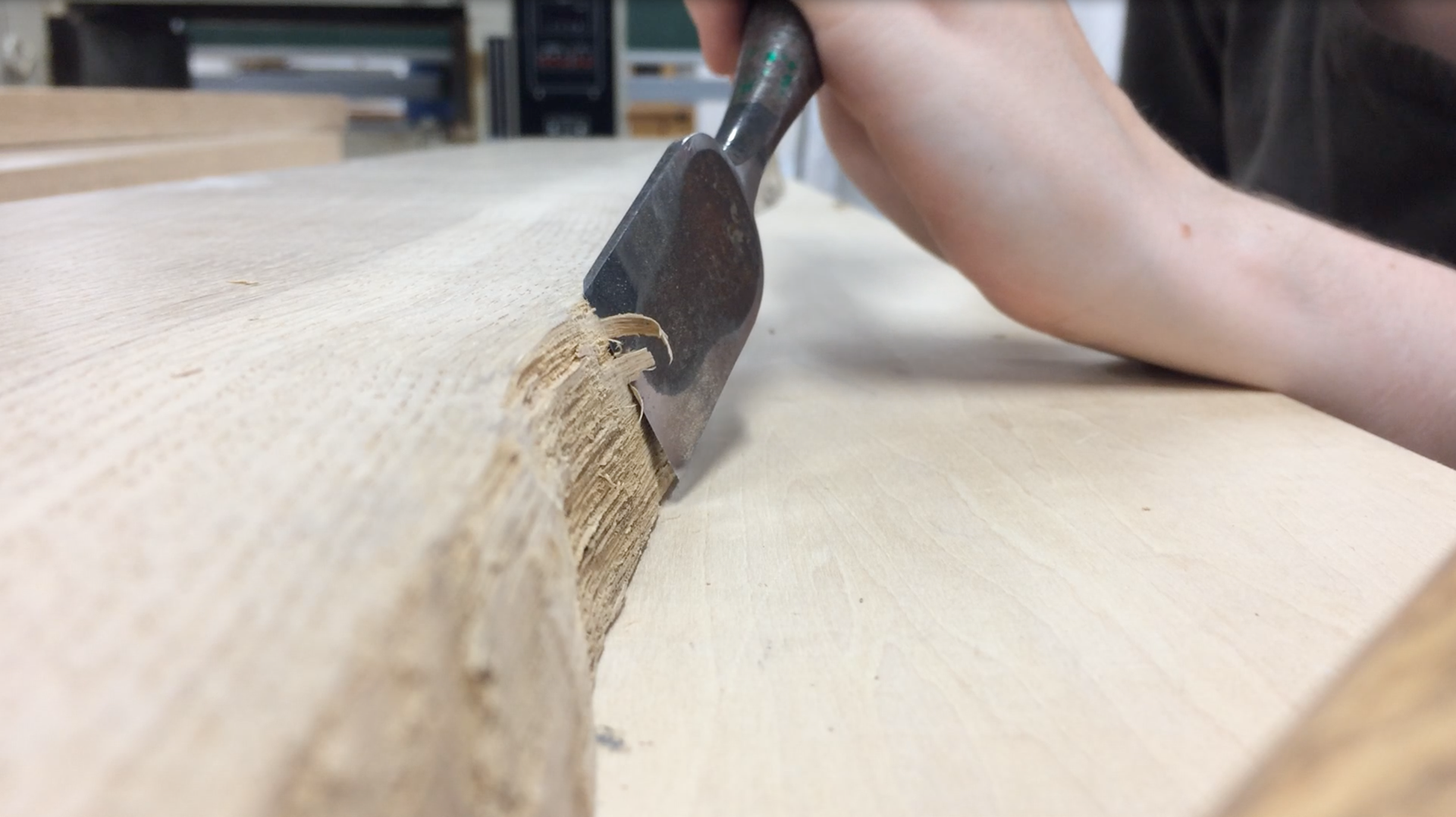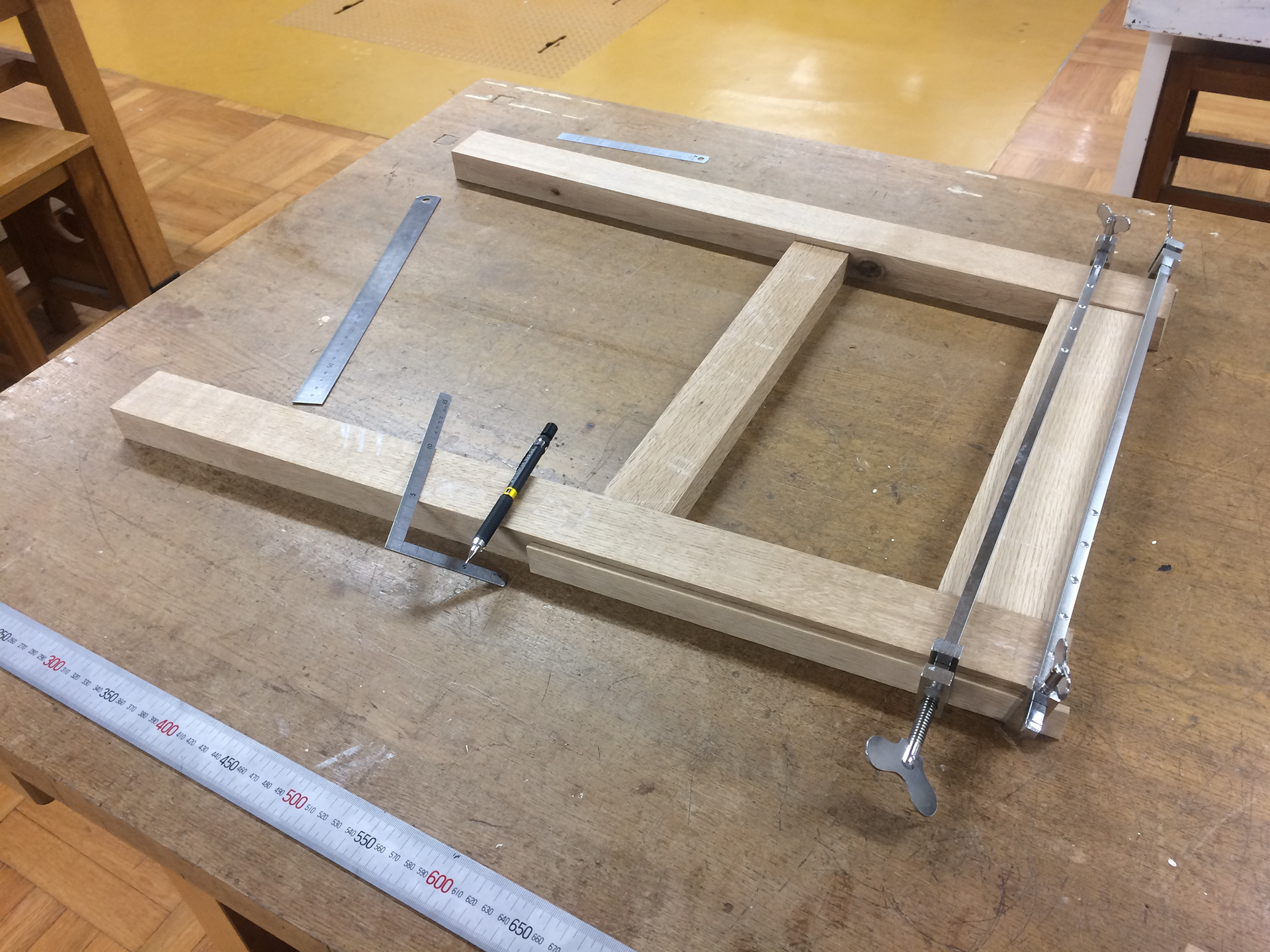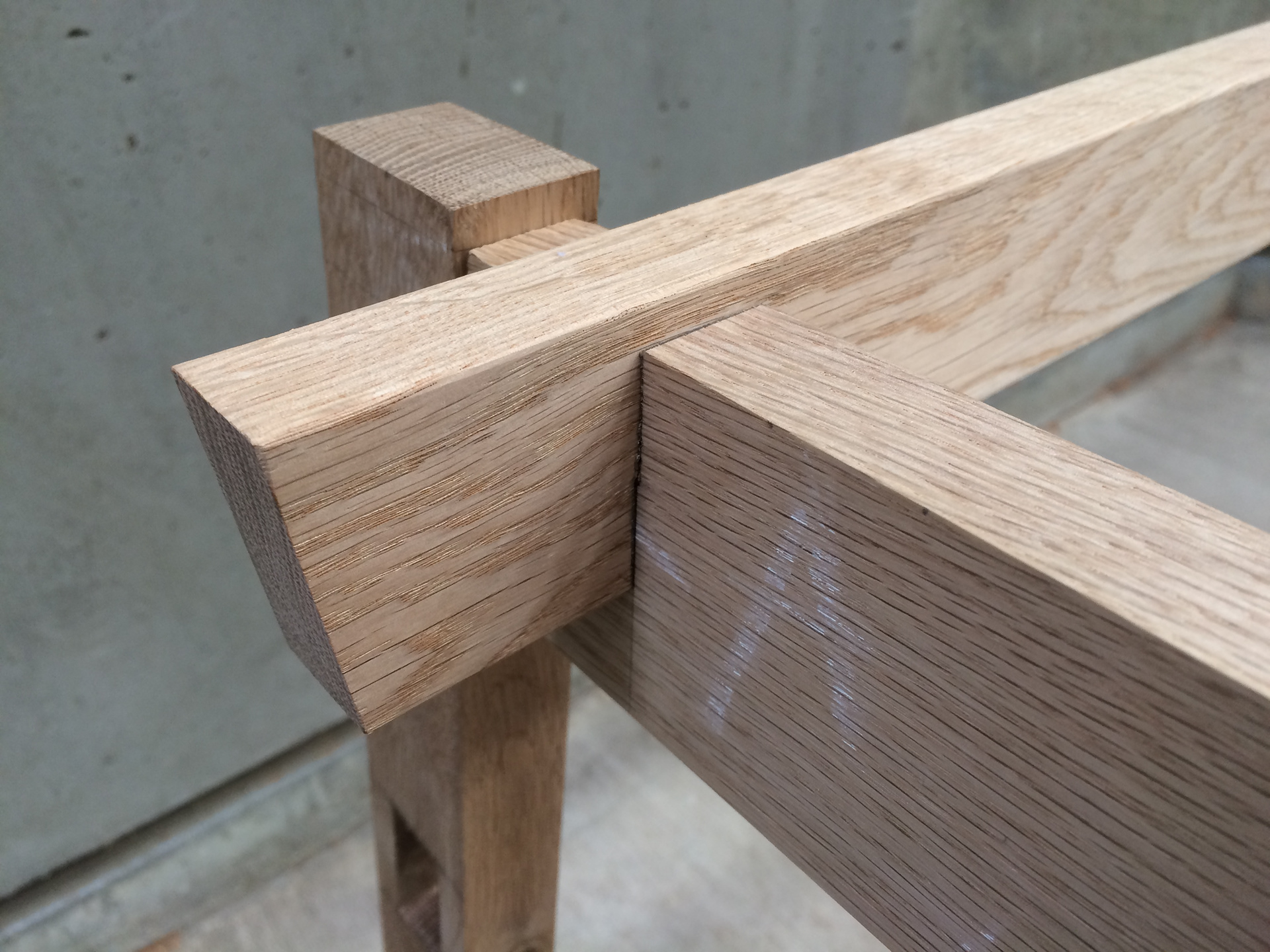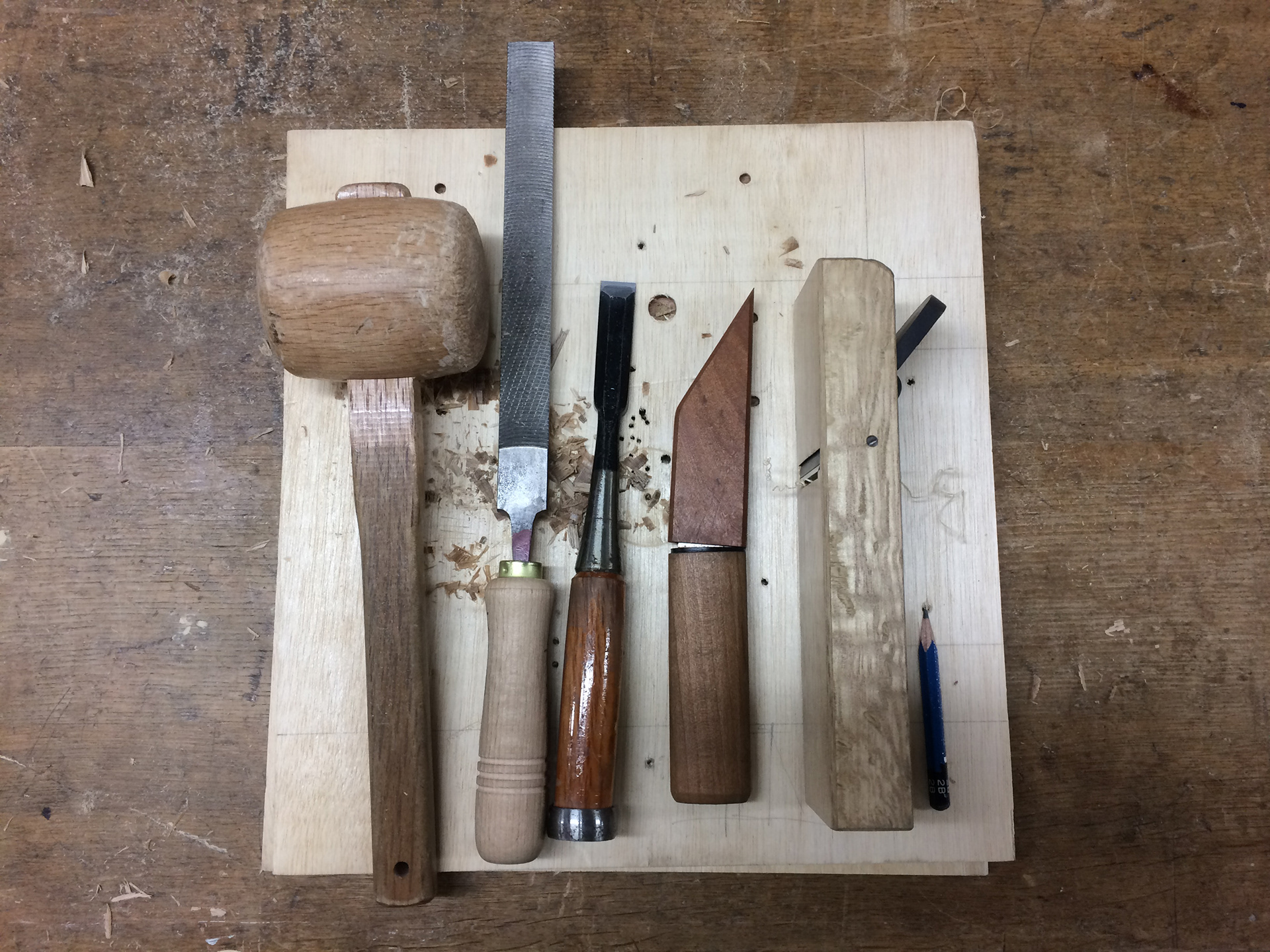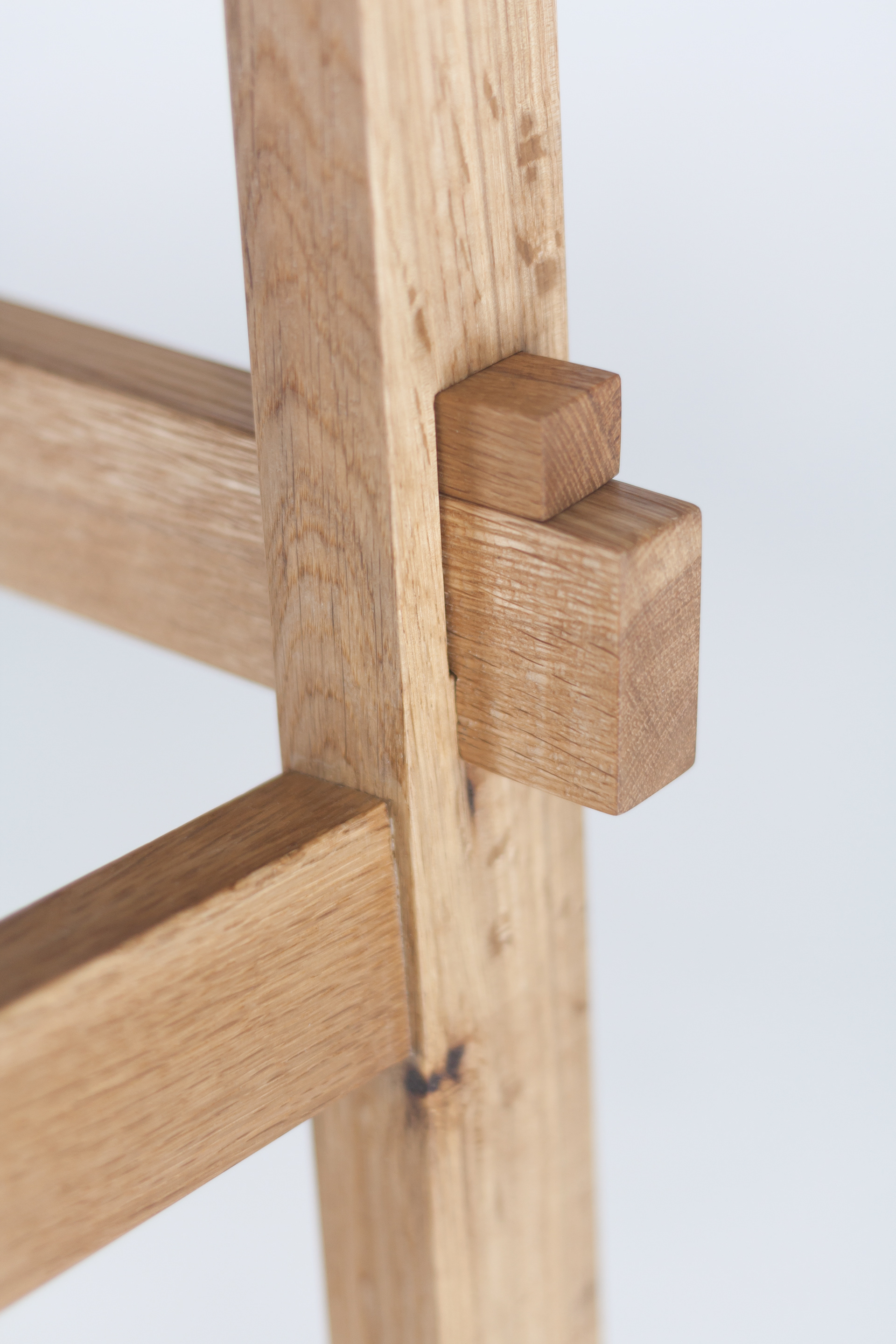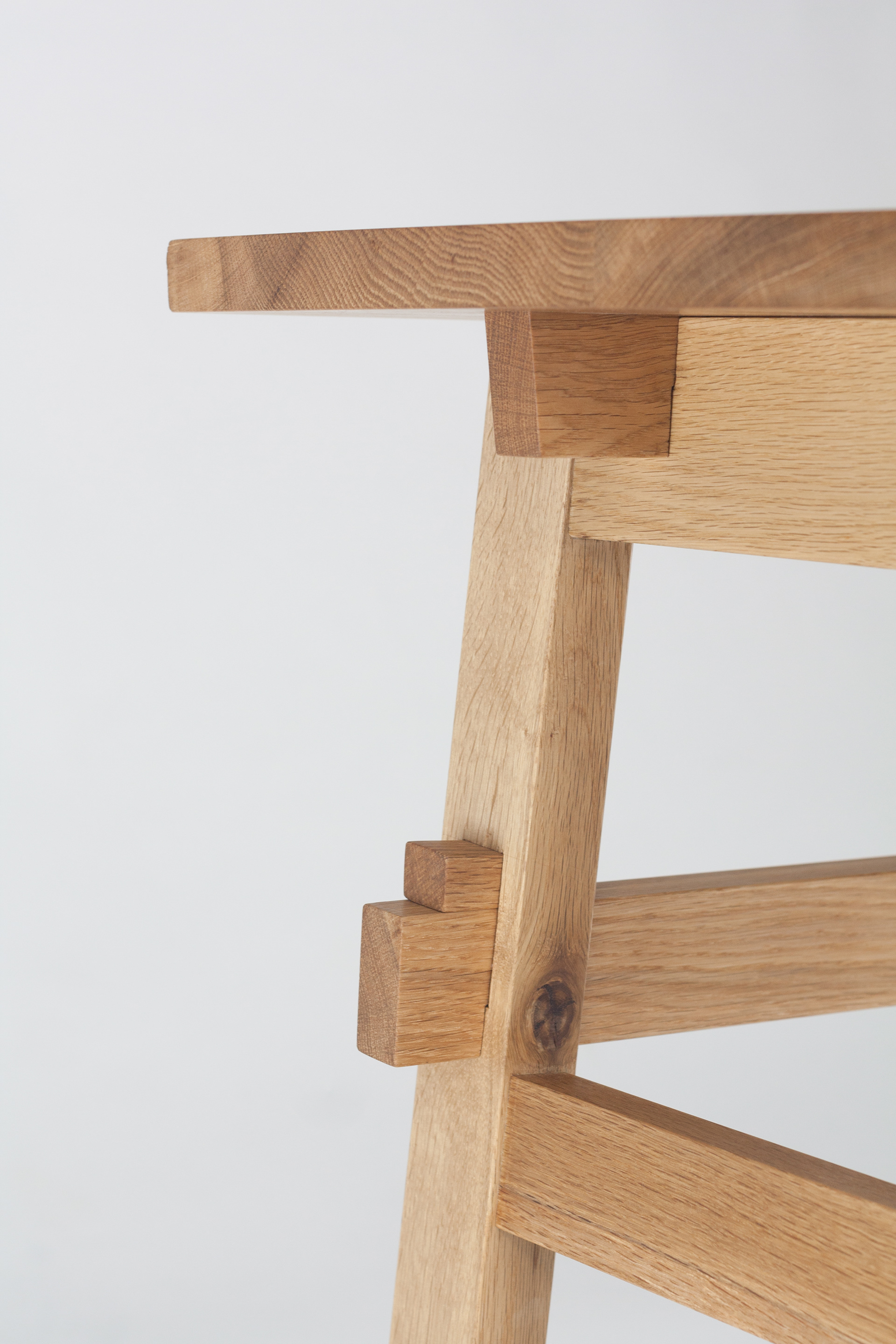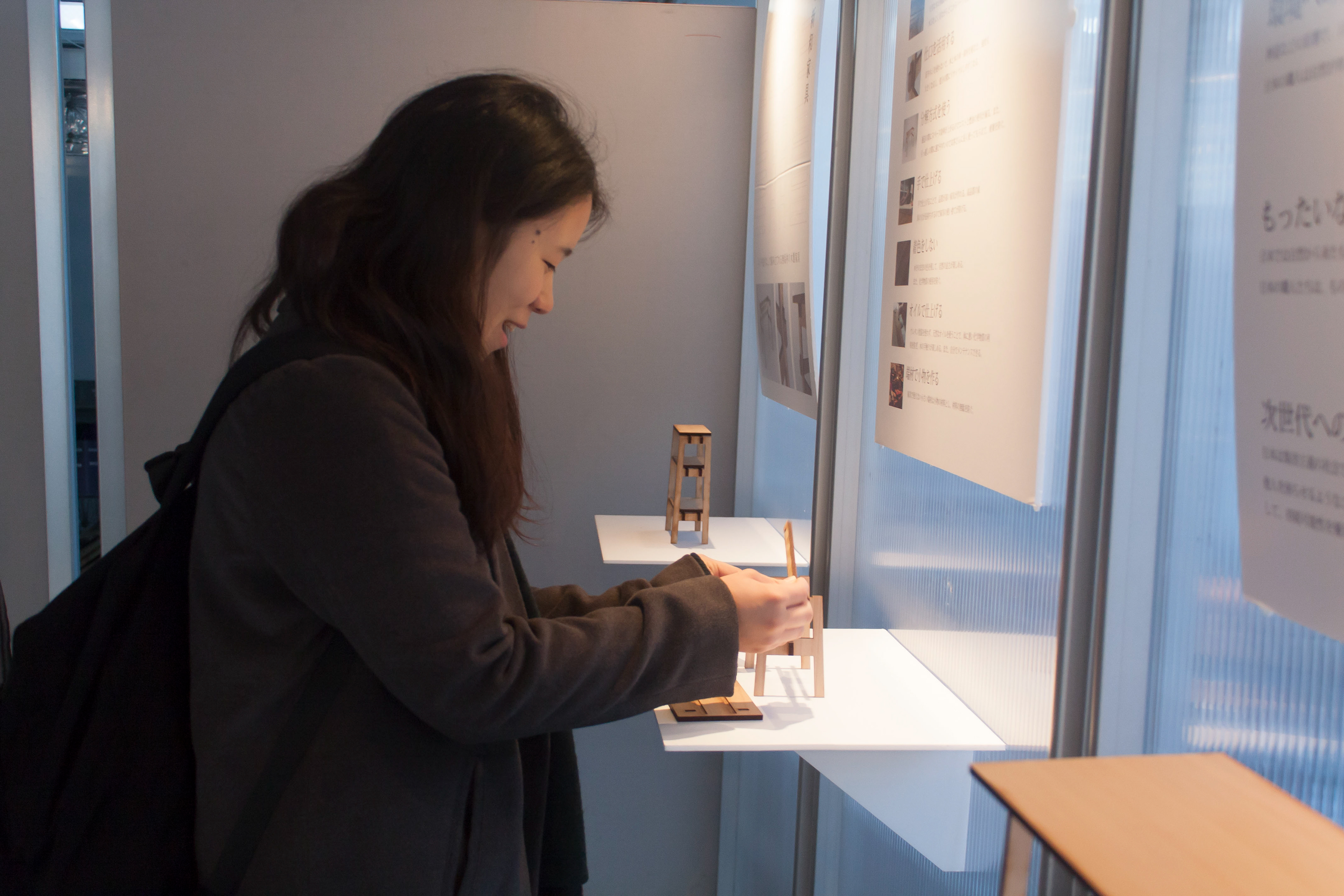Background
Japanese craft
My experience living in Japan made me realize how environmental differences can impact a culture's views on design. Living in Japan for four years gave me the chance to immerse myself in its unique design culture, and one of the things that struck me was the status of the artisan. Japan is home to many intricate craft traditions renowned throughout the world for their attention to detail and quality.
Inspiration
Sustainability in Japanese craft
A country abundant with forests, Japan has developed a singular tradition of woodworking revered throughout the world. As I encountered more and more chances to learn about Japanese woodworking and craft, I began to see that there was an underlying respect of wood as a limited and precious resource gained from living trees that pervaded Japan's culture of woodworking. Having long been interested in sustainability myself, I became intrigued by Japanese artisans' sustainable mindset and decided to focus my Master's thesis on sustainability in traditional Japanese woodworking and its influence on contemporary furniture design.
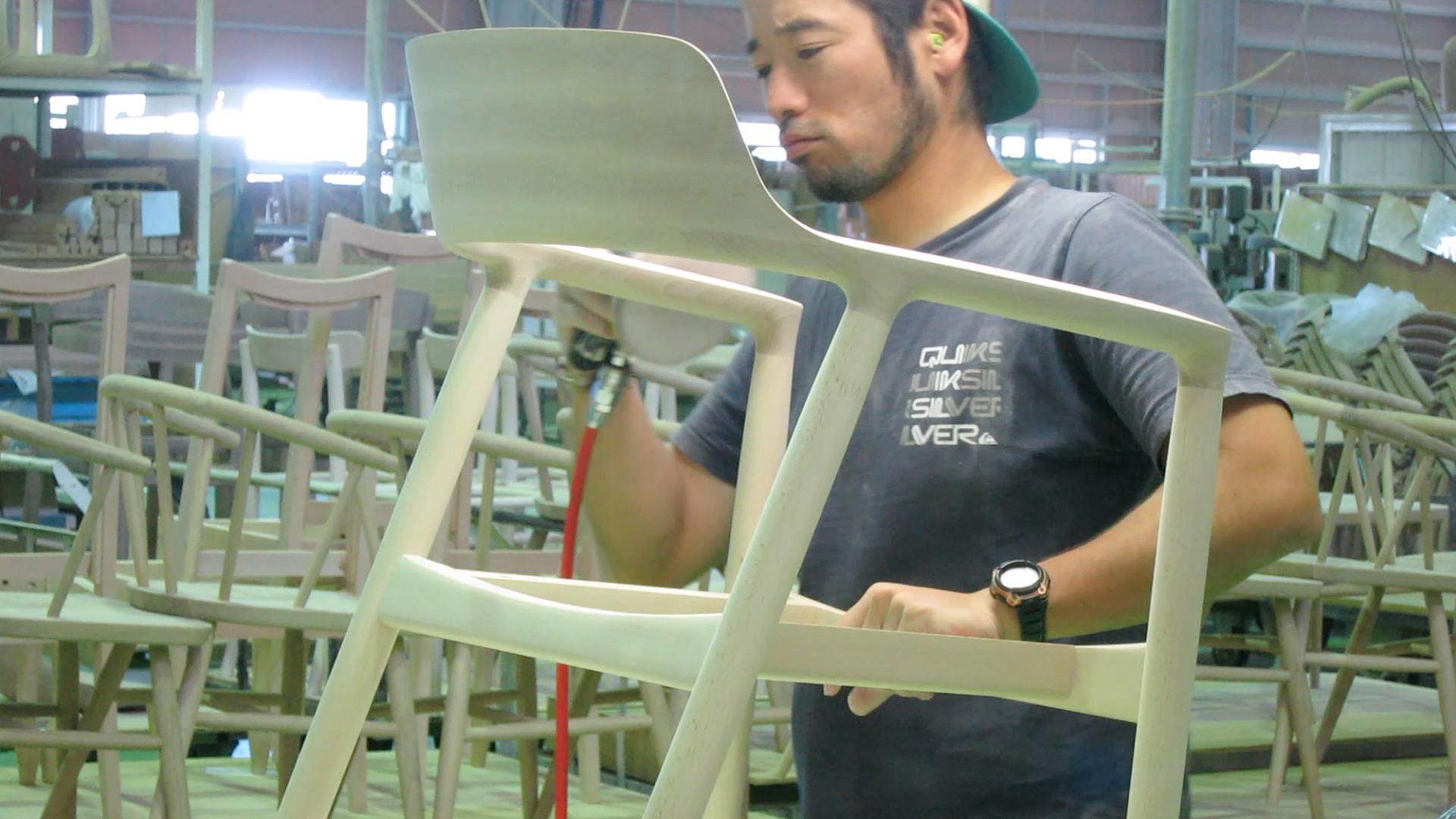
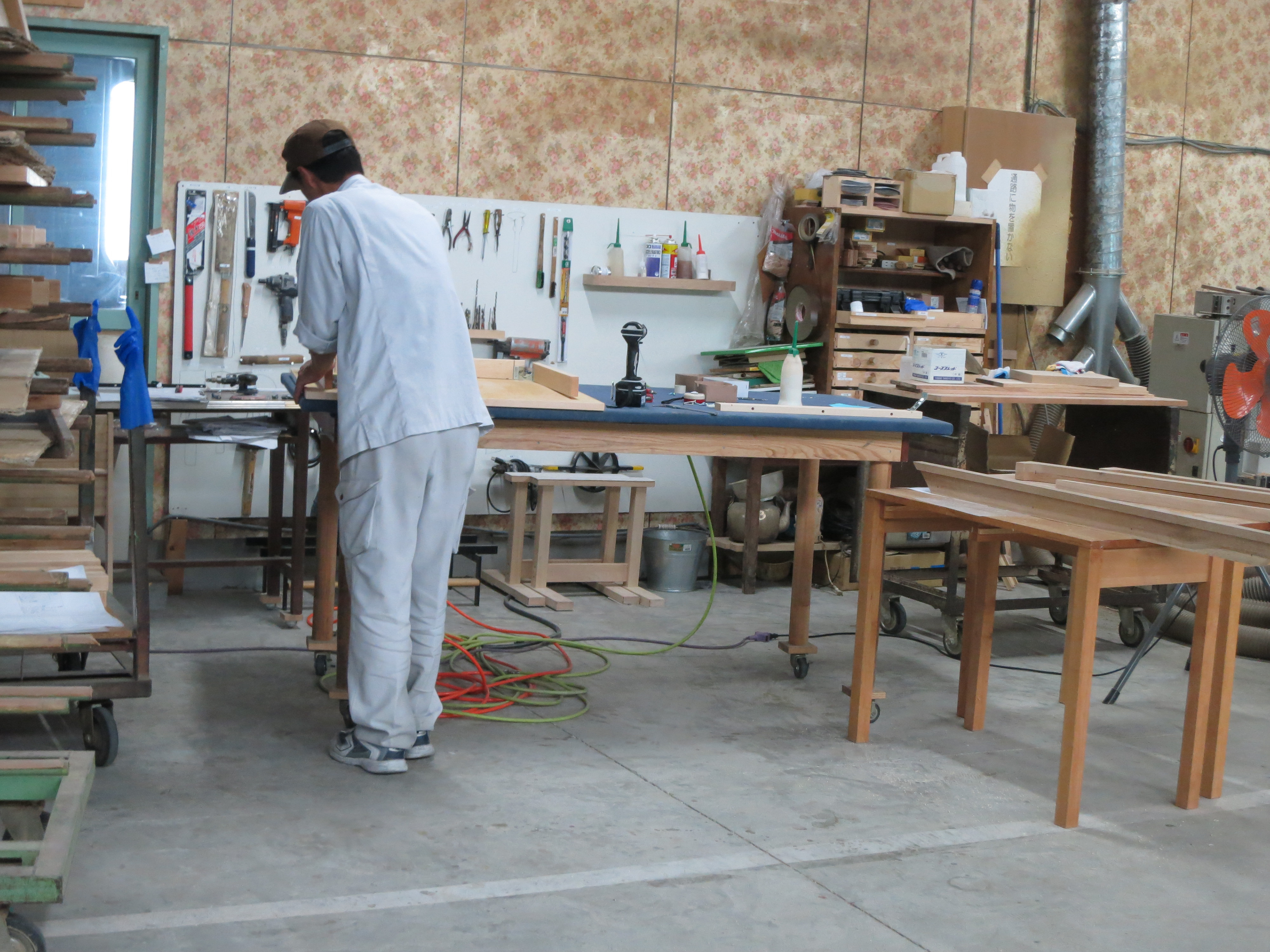
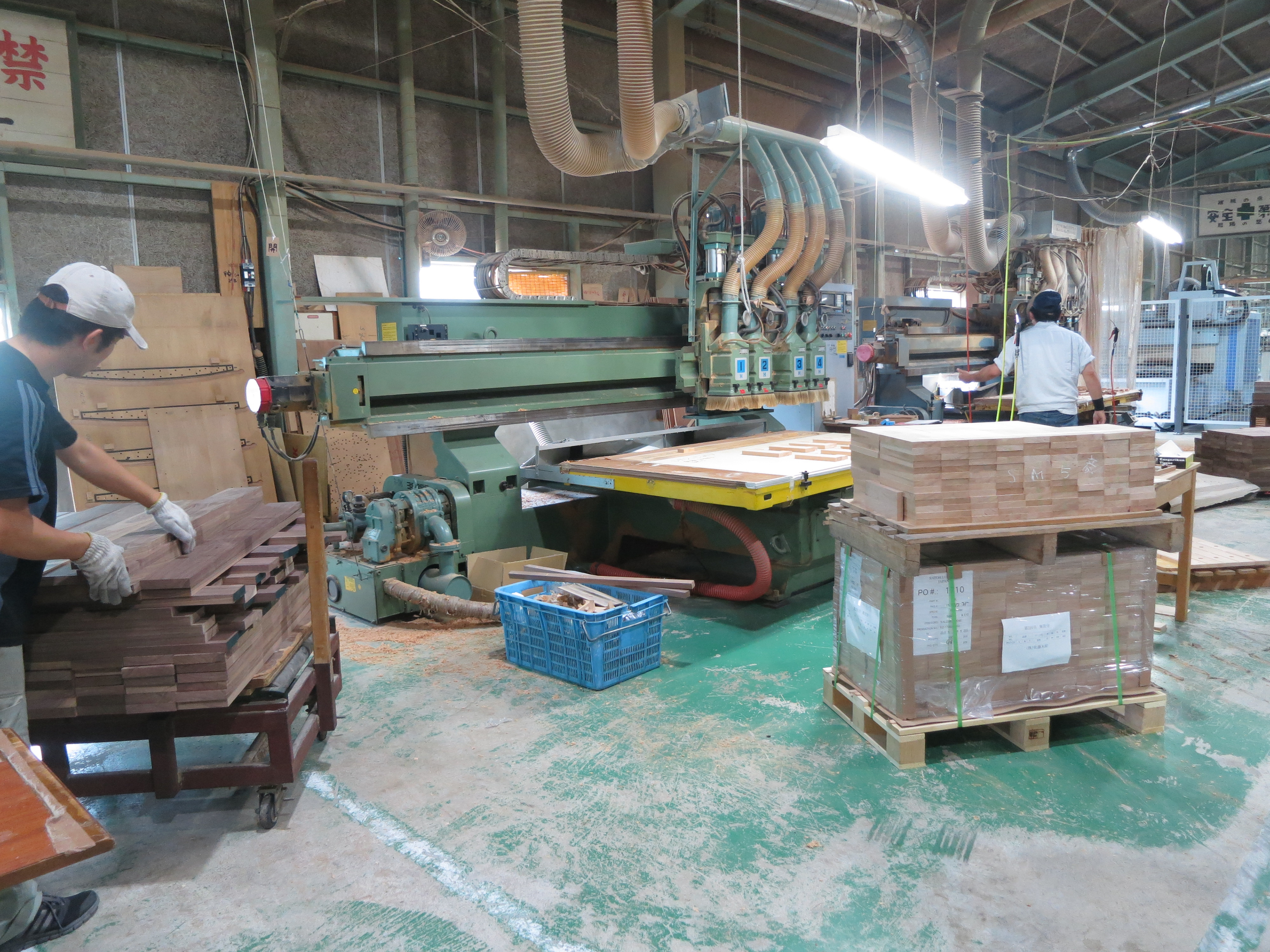
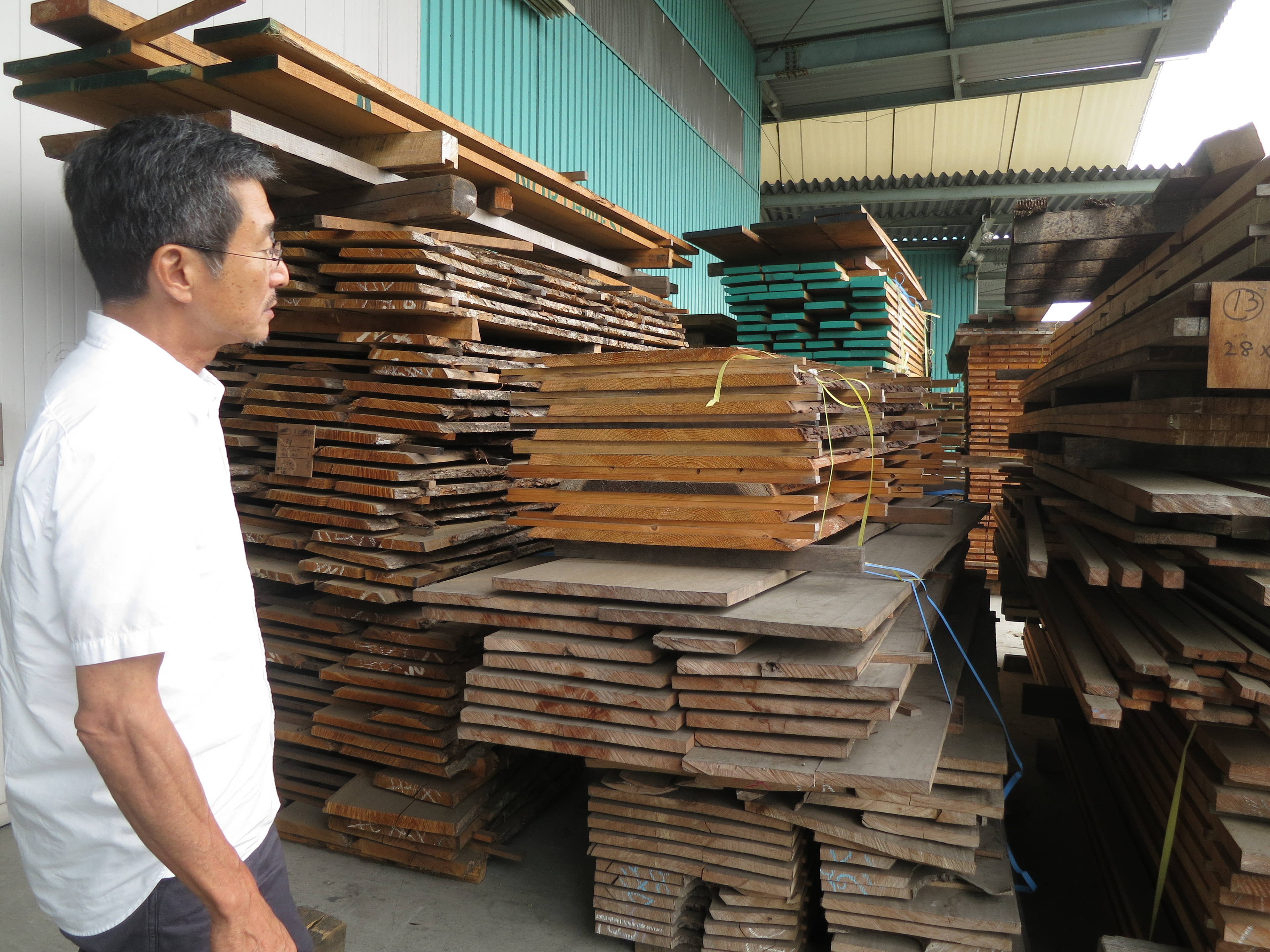
On-site Research
Understanding Japanese furniture artisans
During my three years at Kyushu University's Graduate School of Design, I conducted on-site research with several artisanal furniture companies in the southern island of Kyushu to uncover the mindsets, approaches, and techniques that they used to incorporate sustainability into their products. By speaking in Japanese to furniture company owners, woodworkers, material providers, and other people involved in the creation of artisanal furniture, I got an inside look at their mindset and how they approach their role as creators of quality wooden furniture. After concluding my research and identifying sustainable techniques common to many artisanal Japanese furniture manufacturers, I incorporated some of these techniques and approaches into my own furniture collection.
The Problem
"disposable" furniture
Young people's lifestyle has become more and more nomadic over recent decades. Quality furniture is not as easily obtained for young people with a limited budget. In addition, with moving around for school and work becoming commonplace and moving costs being substantial, there is a recent trend of young people buying low-quality budget furniture which they will then dispose of and replace when moving house. Anticipating the trouble it will be to move their furniture in the future, many young people are not willing to invest in quality pieces due to their limited budget and increasingly mobile lifestyle.
The Concept
knock-down solid wood furniture
After examining the widespread problem of young people using furniture as a disposable product, I realized that there was a gap in the market for a product that combined the quality and durability of solid wood furniture with the convenience of knock-down disassembly furniture. While many portable furniture solutions exist, most notably IKEA's flat-pack furniture, the market lacks a solution that offers the lifelong quality that a solid wood furniture product brings.
I was inspired by the traditional Japanese approach to architecture, where Japanese joinery is used to fit together pieces like a puzzle to create architecture that can be disassembled and repaired as needed. Not only does this approach enable part-specific repairs that can lengthen a product's lifespan, it could also be used to allow a product to be disassembled for a more streamlined experience when moving house.
The furniture can be easily taken apart into flat parts that are more portable for moving or storage, without using screws or other hardware.
Incorporating Japanese techniques for sustainability
Through my research, I identified over thirty-five specific techniques commonly used in the Japanese furniture tradition. Of these, I used twenty-two in my own furniture collection.
Some of the techniques I utilized in my furniture collection are:
Solid wood: Unlike other materials such as MDF, solid wood can be sanded and refinished as needed throughout the lifetime of the product.
Local materials: Using local wood reduces CO2 emissions from transport of raw material as well as supporting local forests.
Imperfect materials: By using materials with imperfections such as knots and irregular grain, material waste can be greatly reduced.
Efficient use of material: By considering which raw material is best suited for which part of the product (size, grain, etc.), one can avoid wasting material. I also used remnants to create small products to complement the furniture collection.
Japanese joinery: Japanese joinery affords a more durable structure as compared to the use of nails or screws.
Design for disassembly: Enabling the product to be disassembled reduces the space and thus energy needed for transport. Furthermore, knock-down furniture is easier to transport when moving house, encouraging lifelong use of the product.
Natural oil finish: By using a natural oil finish and no wood stain, the natural beauty of the wood shines through.
Building the collection
I built the furniture collection myself, starting with unplaned Nara oak sourced from Hokkaido, Japan. After dimensioning the material, I used a combination of machine tools and hand tools such as Japanese planes to create the parts that would fit together to make my furniture collection.
The collection uses no nails or screws, making use of only joinery to yield a long-lasting product that can withstand the natural fluctuations of wood due to seasonal changes in temperature and humidity. The collection also features live edges hand-chiseled to showcase the natural beauty of the wood. I finished the pieces in a natural oil finish to enhance the essence of the wood.
